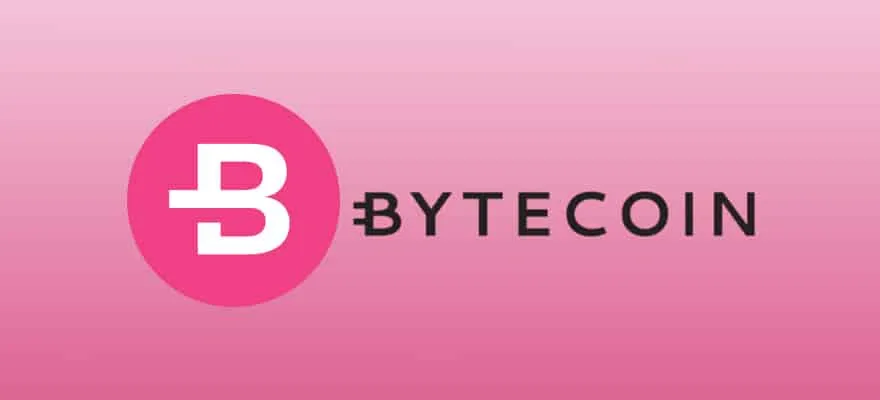
I have been wondering for a while now if Bytecoin was a project I could trust, but since I never invested more than a few dollars I never spent much time trying to figure this out. Dozens of articles on the internet are now claiming that Bytecoin is indeed a scam or at least that the developers have abandoned the project. Bytecoin has been called a centralized project for a very long time.
Most people would say that Bytecoin is a fork of Bitcoin, but really it is a privacy focused decentralized project built from scratch upon the Cryptonote protocol. What we know about Bytecoin is that it was launched in July 2012 to try to improve some things about Bitcoin. And we also know that the developers intentionally made Bytecoin easier to mine because it only requires GPUs.
However, Bytecoin is a little more sketchy than this. Bytecoin has a supply of 184 billion which is borderline ridiculous, but the darkest secret that Bytecoin hides is that Bytecoin conducted an 82% pre-mining of BCN before launching to the public. This means that the developers still have full control over the price of the coin because they hold such a large supply of the coin. And the developers or the holders of the 82% will basically be able to pump or dump the coin at will even at the expense of investors.
According to Richard Spagni, a lead developer for Monero with the username FluffyPony, he also said that, “BCN mining code was purposely crippled for slow mining. Recalculating a static value in every iteration of a loop instead of just once at the beginning is not a mistake, especially when viewed in light of the claimed 2 year history.”
If you still think Bytecoin isn’t doing anything shady then look back to May and the pump and dump of Bytecoin on Binance. Within hours of being listed on Binance the price of Bytecoin jumped significantly, and the trading volume reached 600 million dollars. The withdrawls and deposits on Binance and Poloniex were somewhat conveniently disabled. 10 days later Cryptonote-based coins ran into an infinite inflation bug—which allows an unlimited number of coins to be created that are not able to be seen by the users unless you do some deep digging.
Richard Spagni posted on Twitter that “anyone trading Bytecoin is about to get bitten, the infinite inflation bug still hasn’t been patched.”
The next day Richard Spagni posted again about how 693 billion BCN or about $1 million was artificially created within a few hours. Further, the Bytecoin team has their pictures on the website but does that mean that they are being open and transparent? No, not really. When you look at the pictures of the team members of their website—listed under the community section—you can’t really find any details about these developers or members and after everything you know it’s probably fair to assume that some of these pictures are not related to the names.
Even further someone tracked down one of the developers on the team through GitHub and he denied that he was a part of the team. As a result of this suspected pump and dump scheme by the team Bytecoin has been delisted from Binance. To be clear I’m not calling Bytecoin a scam, it might not be. But clearly there is a bigger risk of losing your entire investment in Bytecoin than some of the larger cap coins such as Bitcoin, Ethereum, Stellar, etc.